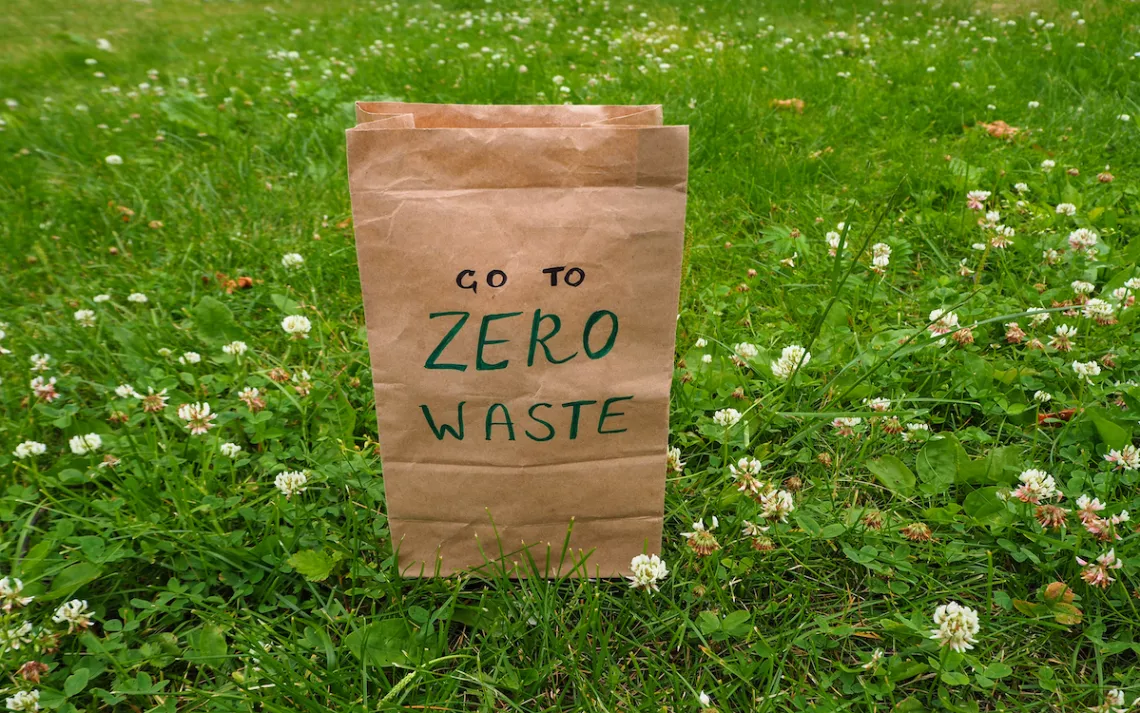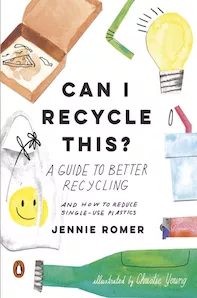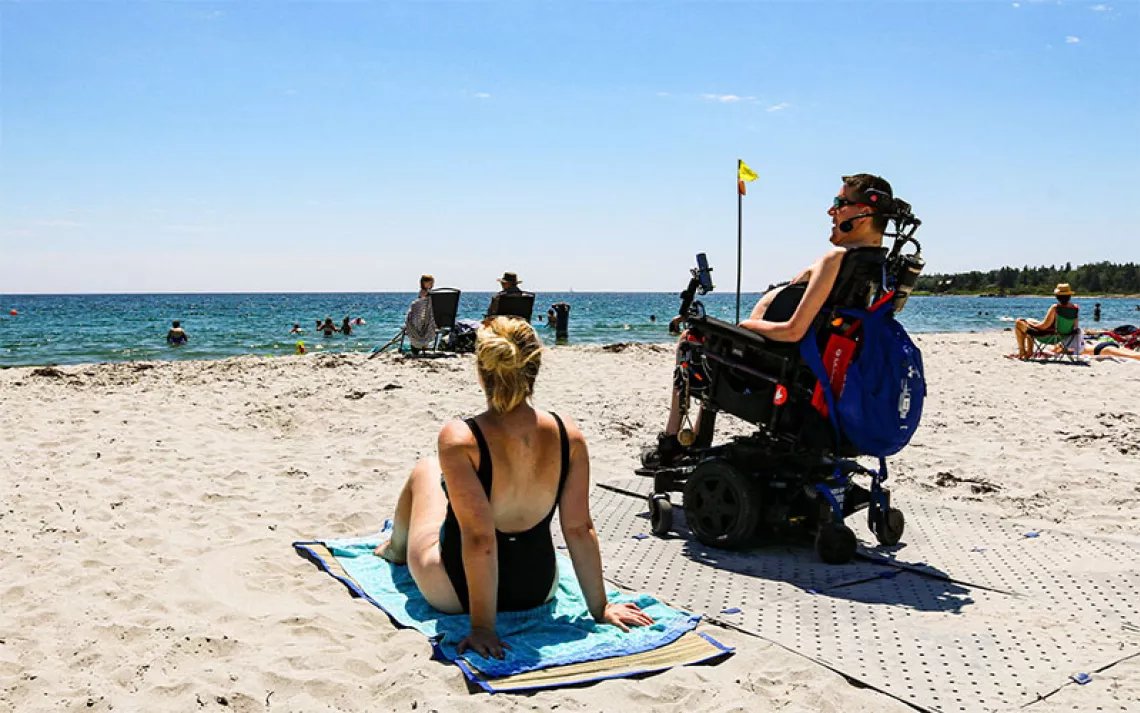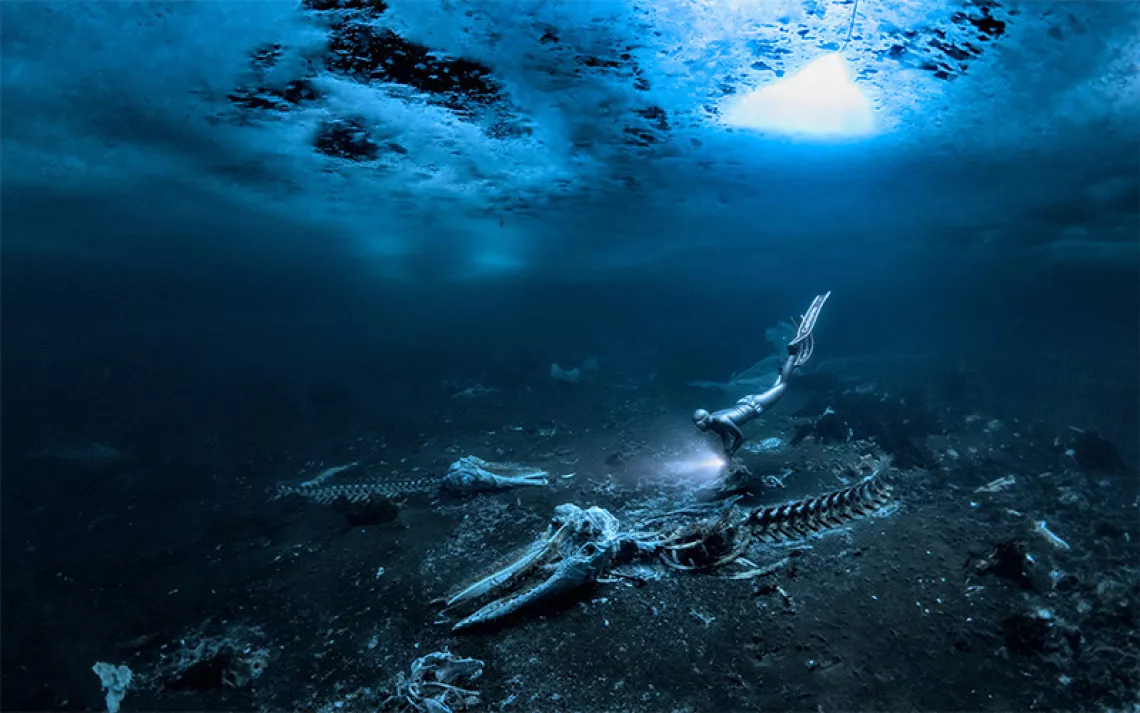How Not to Be a “Wishcycler”
Tips for responsible recycling and minimizing your waste

Photo by olympuscat/iStock

Jennie Romer is a lawyer, an environmental activist, and a leading expert on single-use plastics. In her must-read new book, Can I Recycle This?: A Guide to Better Recycling and How to Reduce Single-Use Plastics (Penguin Books, 2021), she shows you how not to be a “wishcycler”— someone who wishfully thinks things they recycle will be recycled. You’ll be unpleasantly surprised to learn which of your “recyclables” and “compostables” don’t actually get recycled or composted, and instead, end up creating air and water pollution, and contributing to climate change.
But there’s a spoonful of sugar here that helps the medicine go down: detailed do-it-yourself solutions for how to recycle and upcycle common things made of plastic, metals, paper, glass, mixed materials, textiles, and more. One of the key takeaways: What’s bad for your body is usually bad for our planet.
Before jumping to Romer’s handy green tips, spend some quality time with the first few pages of the book. She defines “recyclable” in a way you might not be familiar with. A product or package should not be marketed as recyclable unless it meets three criteria: At least 60 percent of customers have access to recycling facilities that accept the item; it can be sorted by existing recycling infrastructure; and the item retains its quality when turned into a new item, meaning a party cup is actually made into another cup. Even if your local recycling program accepts certain items, there might not be anyone who wants to buy them and recycle them. "Downcycling" is when the recyclability of a material is reduced over time, like turning a party cup into a park bench that no one wants to party on. "Upcycling" is turning something into a product of greater value.
From there, make sure you read all the chapters, because some offer insights that are key to other chapters later in the book. For example, there’s important information in the “PET vs. Polystyrene Food Containers” chapter that applies to the “Take-Homes” chapter: Clean your recyclables, even foil, to make it easier for them to be recycled. And always keep in mind that it’s best to go with the flow of your local recycling program, because their guide might be very different from Romer’s book.
Here’s a sneak peek:
Plastic
Avoid black plastic and small items like bottle caps and utensils. They can’t be sorted by recycling machines. Plastic boxes for produce are not very recyclable. (People give me theirs, and I put farmer’s market produce in them so it doesn't get crushed and so I don’t have to wash and dry bags.)
Out of all the numbers in tiny triangle symbols on plastic items, only PET #1 and HDPE #2 bottles and jugs meet the FTC’s definition of recyclable. But they can be unrecyclable if covered by a plastic "shrink sleeve" label. So remove the sleeve.
Be suspicious of companies taking your products and recycling what isn’t recyclable. For example, while some places claim to recycle plastic bags or envelopes with or without bubbles, there isn’t much transparency about what happens to them. Also, shipping soft plastics or #6 polystyrene (PS) non-foam plastic party cups across the country to make a bench can emit a lot of polluting greenhouse gases. “If you really need plastic cups, maybe look for clear PET #1 instead,” Romer writes.
“Biodegradable” or compostable plastic
“Personally, the idea of composting plastic doesn’t sit well with me, because we don’t know what proprietary chemicals are in these products. I don’t want them in my soil,” Romer says.
Metals
Aluminum cans are not so innocent! Your drinks and food could be touching toxic bisphenol-A (BPA) or other undisclosed, cancer-causing phthalate linings. Metal bottle caps are easier to recycle if you put them in a steel can (like a soup can) that has the lid partially attached. If you’re a single-use coffee pod lover, you might be in luck because companies like Nespresso use recyclable aluminum pods instead of nonrecyclable plastic. Note that smashing bottles or cans makes it harder for recycling machines to sort them.
Paper
Parts of non-soft paper products that don’t have food on them can be recycled. (And it’s very satisfying to rip paper!)
Though she probably ran out of room to talk about toxic BPA and BPS in receipts getting recycled into toilet paper, you’ve been warned. (I add a sticky note on my credit card to remind me to ask businesses for no receipt.)
Things made of mixed materials (such as plastic, metal, and paper)
These are hard to recycle. But you can separate them so recycling machines can sort them. For example, separate a cocktail peanut container’s lid, canister, and metal bottom. But most cities ask you to keep the lid or cap on plastic containers or paper-like cartons (which are lined with plastic that touches your drink) so the whole thing is easier for recycling machines to sort.
Tetra Paks (paper-like on the outside, silver on the inside), juice and food pouches, and single-use condiment packets are not recyclable. If aerosol cans aren’t empty, they can explode if compacted. Bring them to a household hazardous waste center and put the cap in your recycling bin.
Linens
Many animal shelters take used towels and blankets.
Take Action
What might be easier than remembering all the tips above (and more in her book) and searching for ways to recycle hard-to-recycle things? Try Romer's tips for how to ask any organization, or local elected officials, to buy only post-consumer recycled everything and don’t fall for greenwashing like “zero-waste-to-landfill” plans (where waste gets incinerated like in waste-to-energy facilities). Also, ask them to create extended producer responsibility policies so manufacturers (instead of taxpayers) pay to recycle waste they create. Though the “Examples of Plastics Laws” chapter doesn’t list actual laws, it suggests more effective types of laws and goes beyond plastics. Sit back and imagine how your life will be less-toxic if you try what Romer and the new video (see below) on The Story of Plastic says: create policies and a market for a circular economy so more people buy products and packaging made from used products and packaging.
My wish is that Romer will write a sequel on other things that didn’t fit in this book, like certified responsible recyclers for extension cords or Christmas lights and other electronics, and what to do with carpet and other building supplies!
 The Magazine of The Sierra Club
The Magazine of The Sierra Club



